5 Ways to Get to Know Your English Language Learners
March 27, 2025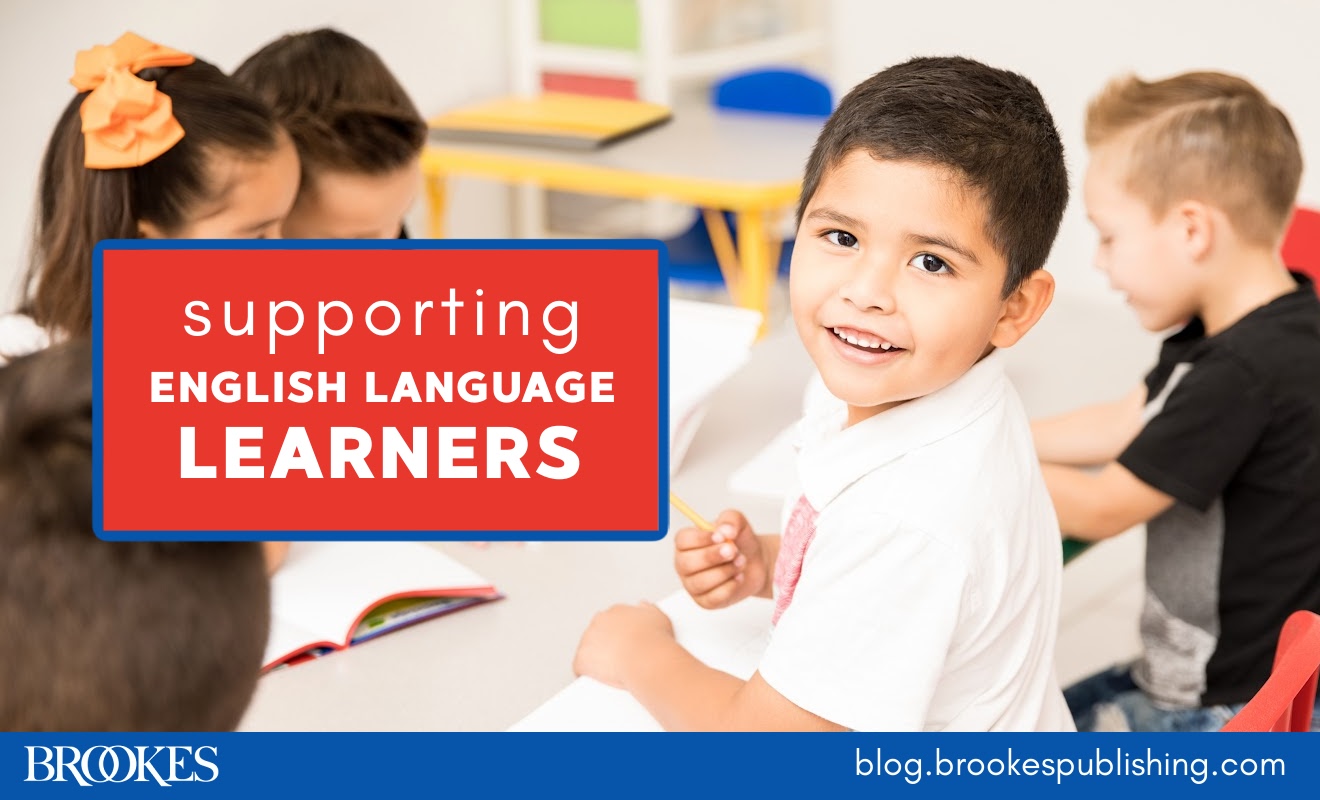
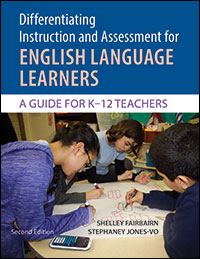 Today’s post is adapted from Differentiating Instruction and Assessment for English Language Learners, by Shelley Fairbairn & Stephaney Jones-Vo.
Today’s post is adapted from Differentiating Instruction and Assessment for English Language Learners, by Shelley Fairbairn & Stephaney Jones-Vo.
Teach English language learners? Don’t underestimate the importance of becoming familiar with the background of each of your ELLs. Take time to learn about each student’s English language proficiency (ELP) levels in listening, speaking, reading, and writing, as well as their prior experiences with schooling and language. Gathering this information is an important prerequisite to lesson planning that helps you set realistic goals for student performance and provide differentiated instruction that responds to each student’s needs.
Here are five effective ways you can get to know the ELLs in your classroom:
Review the Cumulative Folder
The cumulative folders of ELLs are an often-underutilized resource that you should regularly consult for information to guide instruction and assessment. ELP test results, information about prior schooling and literacy, and other background information should all be kept in a student’s cumulative folder. Schools may also include information about students’ content knowledge and skills based on a formative assessment of student work and samples of student performance. Most of this information can be kept electronically for easy reference by general education, ELD, and bilingual teachers and literacy, gifted, and special education specialists. Use this data to guide your individual and collaborative work with ELLs.
Use Multiple Measures of Knowledge and Skills
While standardized test scores can provide a glimpse of a student’s knowledge and skills, it’s important to use multiple measures for ELLs. Use a variety of alternative assessments to gauge the learning of ELLs—for instance, some schools maintain collections of student work in portfolios. These collections can include a range of differentiated assignments and assessments that allow students to demonstrate content-area learning as they learn to use English for academic purposes. Design a range of authentic, culturally and linguistically appropriate assessments of student learning that demonstrate what students can do with content and language, as well as their advancement over time.
Seek Input from Colleagues
A variety of school personnel can share insights regarding the best ways to work with an individual student. For instance, a teacher (or group of teachers) may have worked with students from a particular country and have experience with the group’s cultural and educational backgrounds. Bilingual personnel may be able to share linguistic and cultural insights. Reach out and make connections with others in the school and community to gain a better understanding of who your students are and how to best serve them.
Make Home Visits
Home visits provide a means of building relationships with students and their families and promoting educational parity. During home visits, you can encourage family engagement with the school. In addition, home visits for family events like the birth of a child, celebration of citizenship, illness, death in the family, and other occasions should be considered. This kind of teacher involvement acknowledges the family culture while helping to reduce the cultural distance between family and school. (Read this blog post for more guidance on home visits with culturally and linguistically diverse families.)
Ask Students Themselves
Don’t forget to ask students themselves about their prior schooling and literacy, cultural practices, background knowledge, interests, activities, and so on. Asking such questions may require the assistance of a bilingual paraeducator, but who better to inform you about students than the students themselves?
Understanding your students’ background, recognizing its role in the learning process, and tailoring instruction to meet each student’s needs will promote language development and help your students feel comfortable in your classroom and ready to learn. Use today’s tips to get to know your ELLs, and see the book behind today’s post for more guidance on how to support them!

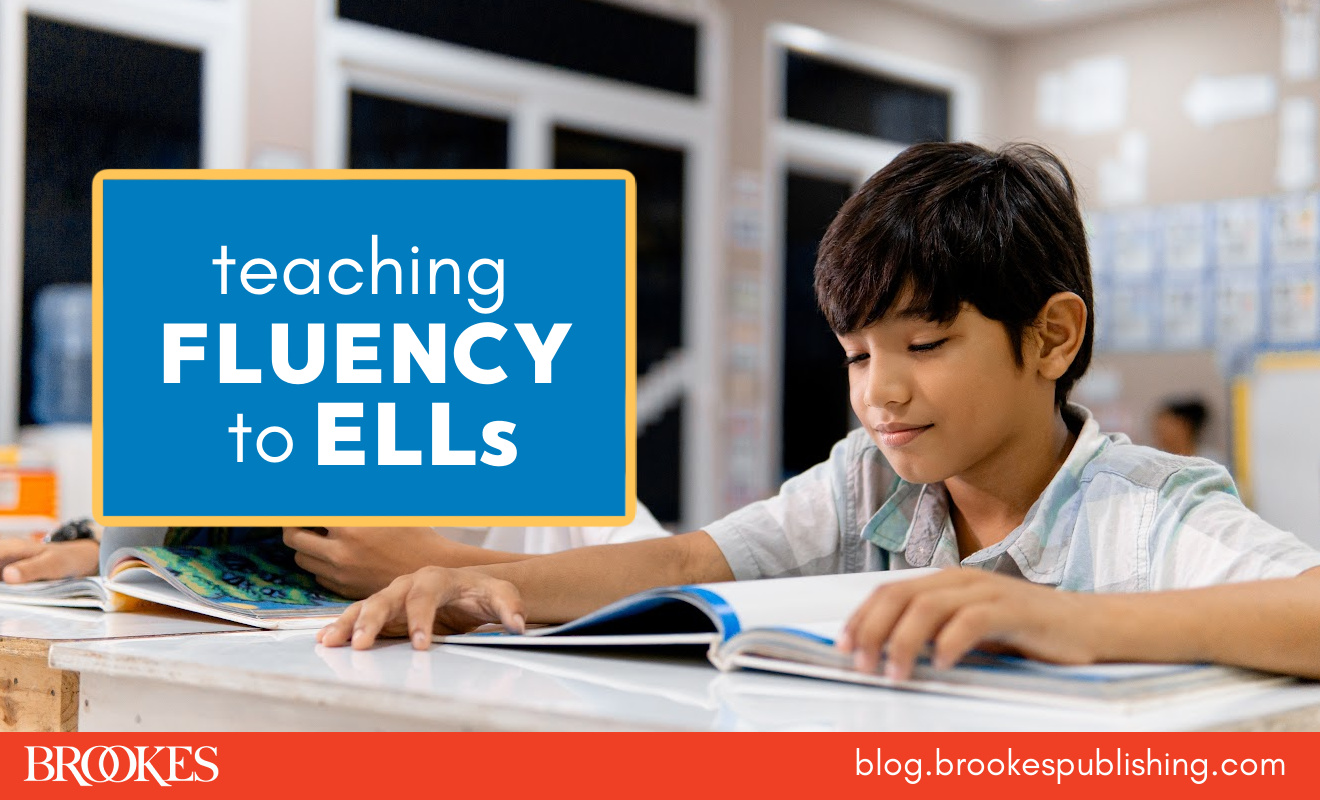
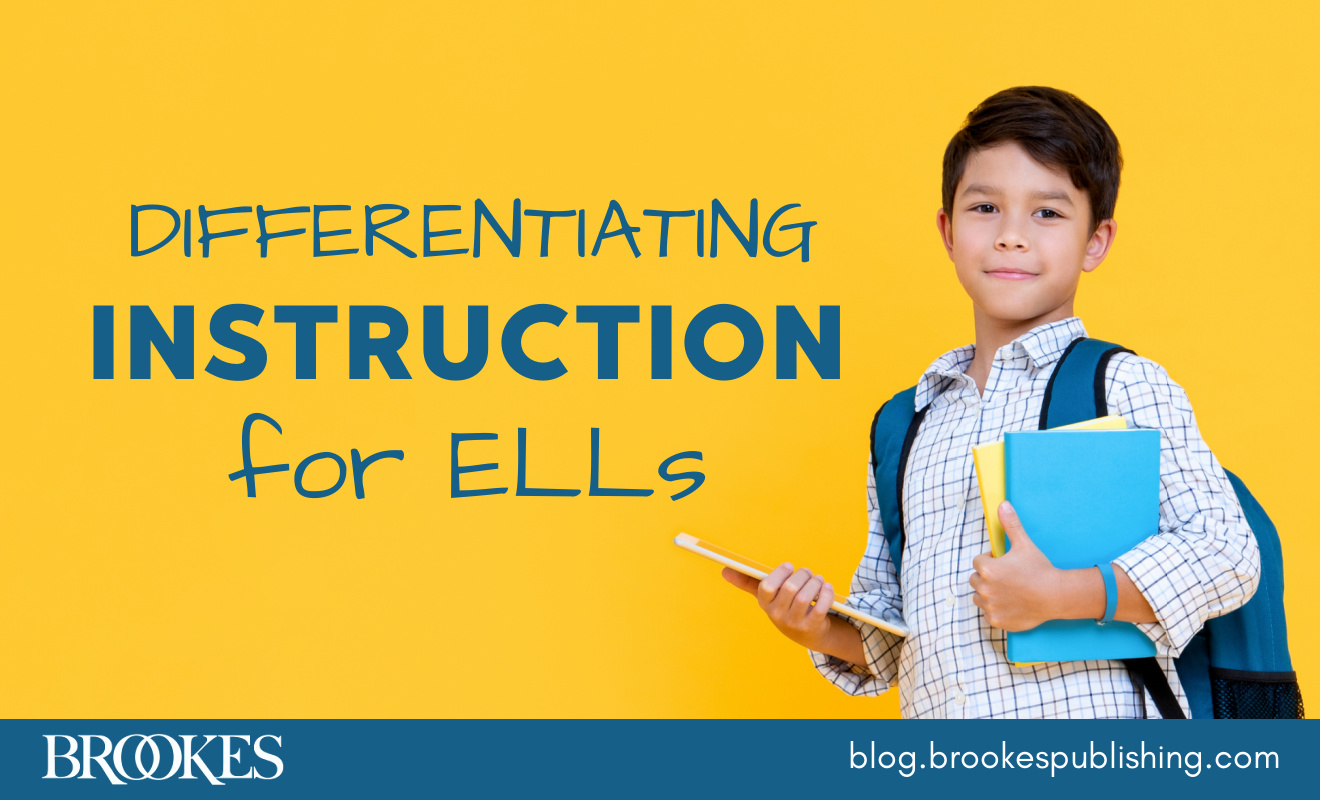
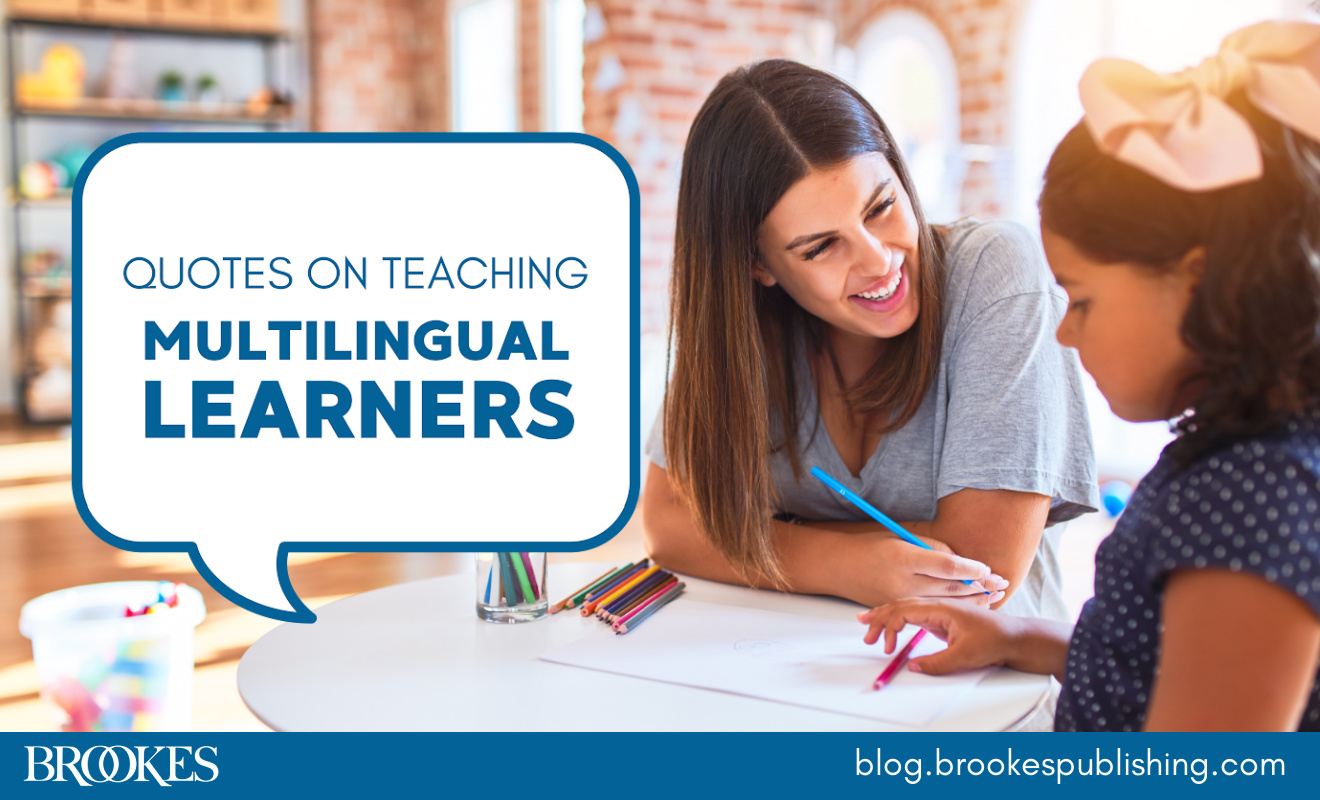
Write a Comment
Your email address will not be published. Required fields are marked *
Post a Comment